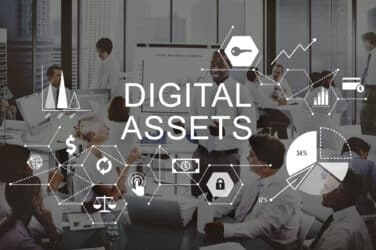
Electronic trading in fixed income is likely to follow a similar pattern as equities: the more liquid the instrument, the more likely it will lend itself to e-trading.
“’Electronification’ is not going to solve the challenges that we encounter, but it’s very suited for liquid asset classes,” Irina Issakova, head of fixed income trading at TD Asset Management, told Markets Media. “What happened with equities over the last 20 years is that electronic trading has worked quite well for liquid stocks but it didn’t solve the liquidity challenges for mid-cap and small-cap stocks. I anticipate the same thing happening with fixed income.”
For the most liquid asset classes like government bonds, electronic trading is “great because spreads will compress, you can do more volume and you can get better pricing for the client,” Issakova said. “However, in the corporate space where there is less liquidity, electronic trading will not solve that issue. Maybe marginally in smaller size, but not in block size.”
Issakova will speak about the electronification of fixed income at Markets Media’s Canadian Trading and Investing Summit, which will be held April 1 in Toronto.
One of Issakova’s core responsibilities as head of fixed income trading is to be aware of technology developments, which is still underutilized in the fixed-income trading process. “I meet with vendors, I investigate what type of functionality certain systems have available, and potentially partner with certain organizations to work together to build something that works for us,” she said.
In her view, the trading process can be broken down into three phases: pre-trade, trade and post-trade.
“Pre-trade is where you develop your trading strategy, then there’s the trading process itself, where you’re executing and monitoring the trade, and the third phase is the post trade assessment where you’re reviewing the results and hopefully there’s feedback that can go into the pre-trade,” said Issakova. “When you break it down into these three phases, there isn’t a lot of product available that technology vendors are providing in the pre-trade or the post-trade phase that could be utilized across various asset classes within fixed income to bring together the full picture.”
TD Asset Management has $130 billion under management in fixed income, spread across different strategies: active, passive and overlay fixed income synthetic strategies. Its client base includes mutual funds, pensions, corporations, and other institutional funds.
The company has a dual reporting structure, with the portfolio management team reporting to the chief investment officer and the trading desks reporting to the head of trading.
E-trading is well-suited to the Canadian market because government securities make up a large portion. “It’s brought more pricing transparency and compressed bid/ask spreads,” said Issakova. “From an operational perspective for an organization like ourselves is to create economies of scale, because we’re able to do more trading with less people, and do it in a more efficient way that leads to better pricing and better trading outcomes, including larger-sized orders.”
The business models for electronic trading vary across regions, with Europe the furthest along. “There you would see more equity style trading of fixed income, where you have executable prices, whereas in North America, the prevalent model is RFQ,” Issakova said.
Featured image via iStock






